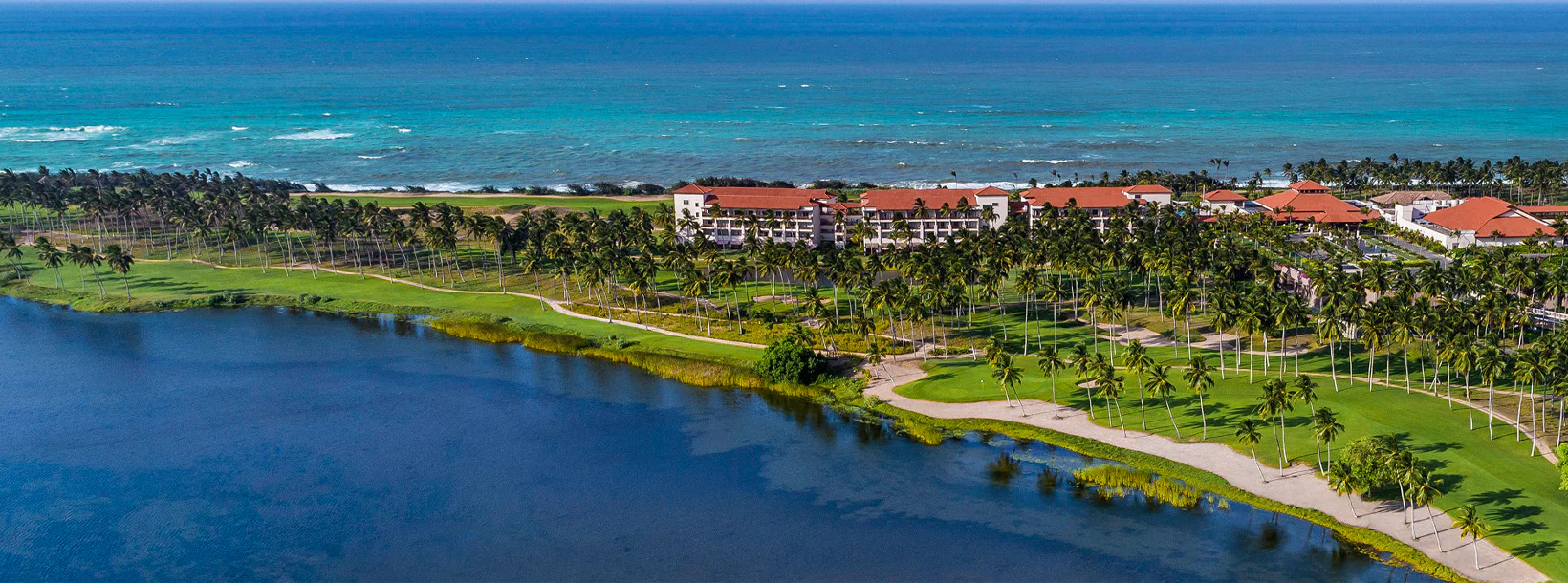
Hambantota City
Hambantota, a port city in southern Sri Lanka, boasts strategic maritime significance. Known for its deep-water port, it plays a pivotal role in global trade routes, particularly for transshipment. The city also features emerging industrial and tourism sectors, contributing to its economic development.
Ramba Rajamaha Viharaya



Ramba Rajamaha Viharaya in Ruhuna is located on the bank of the Walawe Ganga, in the village of Udarata on the Nonagama-Ratnapura Road. It is about 12.8 km from Ambalantota.
Maha Nagakula was the capital of ancient Sri Lanka in the 11th century AD. The Ramba Viharaya had been the temple of the Maha Nagakula City where a large number of artifacts have been found during excavations. The Ramba Viharaya was the Royal Temple of the day.
Ramba Rajamaha Viharaya was also the hide-out for King Vijayabahu I who arrived there in the year 1055, while he planned his war against the Cholas for 15 years. Sri Lanka was under the Chola rule for a period of 53 years.
Vijayabahu had been canvassing among anti-Ramanna Desas such as Burma, Kalinga and Pandyan countries, to form an alliance against the Cholas. He effected three attacks to surround Polonnaruwa and defeated the Cholas. His son Wickramabahu continued to reign from there while Prince Parakramabahu continued with the tradition. These reasons have prompted historians and archaeologists to carry out their research into the area. They had found a large number of monuments scattered in a land area of 200 acres of dense jungle.
The Ramba Rajamaha Vihara had become the most important religious and academic centre of Ruhuna between the 10th and 12th centuries. Scholars of the time such as Rev. Piyadassi Thera and Rev. Mahanagasena Thera had lived here and in other temples around it.
There had been an advanced civilization in the area. A large number of artifacts which had been found following research explorations conducted by scholars during the dry season had proved this fact. The venue itself is unique as there had been an ancient international harbour at Godawaya (there is evidence to support this fact).
Traders had been in the habit of travelling from China to the Arab Seas and Sri Lanka had served as an ideal venue for entrepot trading (imports are re-exported) for which customs duties were collected.
Inscriptions found at this venue during the 1st century AD have indicated that King Gajabahu was believed to have donated the funds collected as customs duty for the betterment of the temple. It is believed that it was from the mouth of the River Walawe that ships used to travel to Mahanagakula.
A strange Buddha image made of the white sandstone, had been found from the site during excavations. It had been refined and preserved. The image is different from what had been discovered from other sites as it had been hollow.
When talking about the Ramba Vihara, one has to talk about the Manawulu Sandeshaya, a Pali poem which comprises about 30 stanzas. This is said to be a reply to a Buddhist priest from the Ramanna Desha by the name of Maha Kashyapa. He had sent a letter in Pali to the high priest of the Ramba Viharaya, inquiring about the activities in Sri Lanka.
The Manawulu Sandeshaya had been written by King Parakramabahu’s heir, King Vijayabahu II. According to the chronicles, it is believed that the chief priest at the time was Nagasena. There is an inscription written in Pali about the Ramba Viharaya.
It is under the Ramba (banana) trees that Samanera priests had been learning their religion. Due to this reason, the Ramba Vihara had also been referred to as Kehelgamuwa. During this period in the 11th century, ships had been arriving from Ramanna Deshaya (lower Burma) at the southern parts such as Godawaya.
This area had been economically flourishing during the 15th century AD. During the Portuguese and Dutch periods, a chief priest by the name of Maha Kappinna, had lived there.
Though it had been a role model for a monastery at Maha Nagakula during the 11th and 12th centuries, now it is somewhat deserted. The writer, during a recent visit, found that restorations have not been done properly. The restoration of some of the artifacts were still under way. Hopefully, we will see a better restoration process in the future to protect this important place.
About Hambantota District
Hambantota is a rural town in south eastern coastal area of Sri Lanka. It is also the capital of the Hambantota District in the Southern Province of Sri Lanka. Approximately 240 kms from Colombo,Hambantota is in the midst of transformation into a strategic port and commercial centre, undergoing extensive infrastructure development. Flanked by sweeping sandy beaches,Hambantota is a convenient location from which to visit nearby sights.
The Bundala National Park lays 20 km east of Hambantota and the Weerawila Sanctuary a little further off. The Ruhuna National Park and theKataragama Temple are other attractions that can be accessed easily from this city.
About Southern Province
The Southern Province of Sri Lanka is a small geographic area consisting of the districts of Galle, Matara and Hambantota. Subsistence farming and fishing is the main source of income for the vast majority of the people of this region.
Important landmarks of the Southern Province include the wildlife sanctuaries of the Yala and Udawalawe National Parks, the holy city of Kataragama, and the ancient cities of Tissamaharama, Kirinda and Galle. (Although Galle is an ancient city, almost nothing survives from before the Portuguese invasion.) During the Portuguese period there were two famous Sinhalese poets called Andare who was from Dickwella and Gajaman Nona who was from Denipitiya in Matara District, composing poems on common man.
【LK94009391: Text by Lakpura™. Images by Google, copyright(s) reserved by original authors.】













